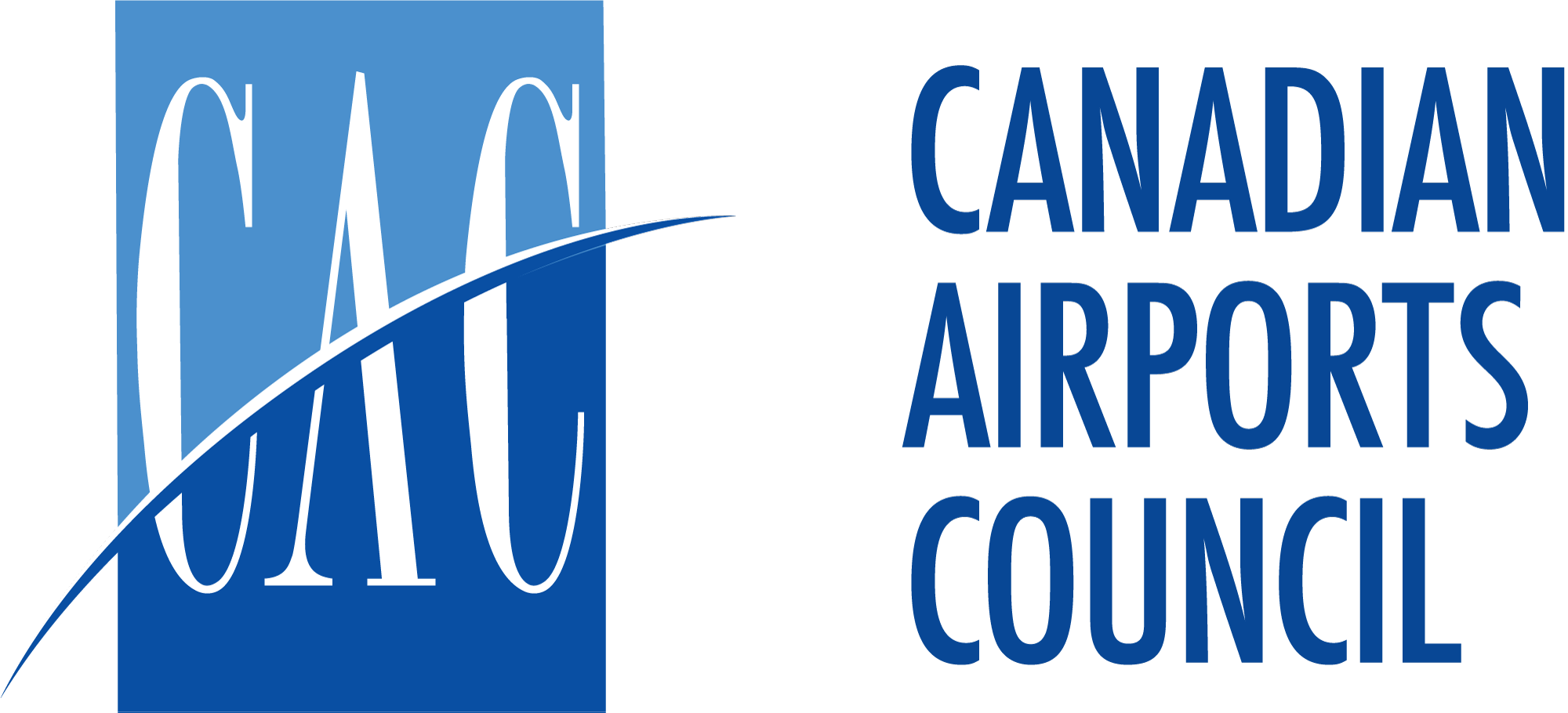(OTTAWA) Sept. 4, 2020 – As travel restrictions and quarantines drag on into the fall, an updated financial outlook paints a dire picture for Canada’s airports, which now expect to incur more than $4.5 billion in lost revenue and debt levels increasing to $2.8 billion by the end of 2021. The revised outlook, which represents a 30 per cent deterioration in expectations, was recently submitted to the federal government.
Passenger volumes tell the story: 2020 traffic is now estimated to drop by 72 per cent over 2019, and 2021 traffic will be down by 65 per cent. Canada’s airports served a record 160 million travellers in 2019, employed 194,000 people and generated $19 billion in GDP.
As a matter of urgency, the Canadian Airports Council (CAC) is asking government for several immediate relief measures. The first is that for the 22 airports that pay federal ground rents, rent relief should be extended for several years until traffic recovers. The second would be to offer all airports — particularly those that do not benefit from rent relief as they pay little or no rent —interest-free loans that could be repaid over an extended period. Third, the government should expand its infrastructure programs to include funding that would support continued operations and regulatory mandated safety and accessibility investments.
For many smaller community airports that were already on the margins of viability prior to COVID-19, even this may not be enough. Flights lost may never come back and some airports could be shuttered permanently. To support these critical community assets, the CAC is asking the federal government to permit municipally owned airports to access the Canada Emergency Wage Subsidy (CEWS) and other federal relief programs, and to increase support of its small airport capital funding program.
“With traffic down by almost three quarters in 2020, and by two-thirds in 2021, airports’ financial situations are literally getting worse by the day,” said Canadian Airports Council president, Daniel-Robert Gooch. “Without immediate government relief through a moratorium on ground lease rents, interest-free loans or equivalent operational support, and supplementary funding for small airports, when Canadians are ready to travel again, we are not sure what kind of air transport sector will be left for them.”
The revised outlook represents a more pessimistic and realistic assessment of passenger traffic and revenues, caused by the protracted suppression of air travel resulting from inter-provincial travel restrictions, a prolonged closure of the border, and the blanket imposition of a 14-day quarantine period for every person entering Canada.
With the exception of airport rent relief to the end of 2020, the Canadian government has favoured economy-wide measures, such as the Canada Emergency Wage Subsidy, over sector-specific actions. This stands in sharp contrast to the government of the United States, which provided $10 billion (USD) in direct airport grants, with potentially more on the way.
Prior to the onset of COVID-19, the majority of Canada’s airports were totally funded through passenger and aeronautical fees. But a user fee system only works when there are users. Without government action, Canadian air travellers are facing the prospect of paying more and getting less.
“Unfortunately, programs like the Canada Emergency Wage Subsidy provide some support but can’t stop the bleeding,” Mr. Gooch said. “Airports are being forced to make some stark choices. They can raise their fees significantly, take on unprecedented amounts of new debt, reduce operations dramatically or as a worst case, shut down permanently. To complicate matters further, air travel is very price-sensitive and airports are in a competitive position. If their rates increase too much, Canadians may choose to fly out of American airports.”
Canada’s airports are committed to emerging from this downturn vibrant and globally competitive and keeping travellers and workers safe at the same time, but they cannot do it alone.
”Since the outset of the pandemic, airports have been working with transport, border and public health officials, among others, to ensure that air travel is as healthy and safe as possible. With enhanced cleaning, masking and distancing protocols in place, we are meeting or exceeding the safety guidelines in both Transport Canada’s Flight Plan and the International Civil Aviation Organization’s Council’s Aviation Recovery Task Force,” said Mr. Gooch. “We look forward to continuing to work with Transport Canada and our international colleagues on enhanced contact tracing, testing and other measures to stop spread of the virus, rebuild confidence in air travel and work with the government to save the industry from long term and irreparable damage.
###
About the Canadian Airports Council
The Canadian Airports Council (CAC), a division of Airports Council International-North America, is the voice for Canada’s airports community. Its 54 members represent more than 100 airports, including all of the privately operated National Airports System (NAS) airports and many municipal airports.
Canada’s locally managed and not for profit airports are essential community assets. In 2019, they supported 194,000 direct jobs, contributed $19 billion to GDP and $48 billion in direct economic outputs. They also remitted $6.9 billion in taxes to municipal, provincial and federal governments.
For more information, please contact:
Debra Ward
Canadian Airports Council
613 274 0691 or 613 850 9118
debra.ward@cacairports.ca

